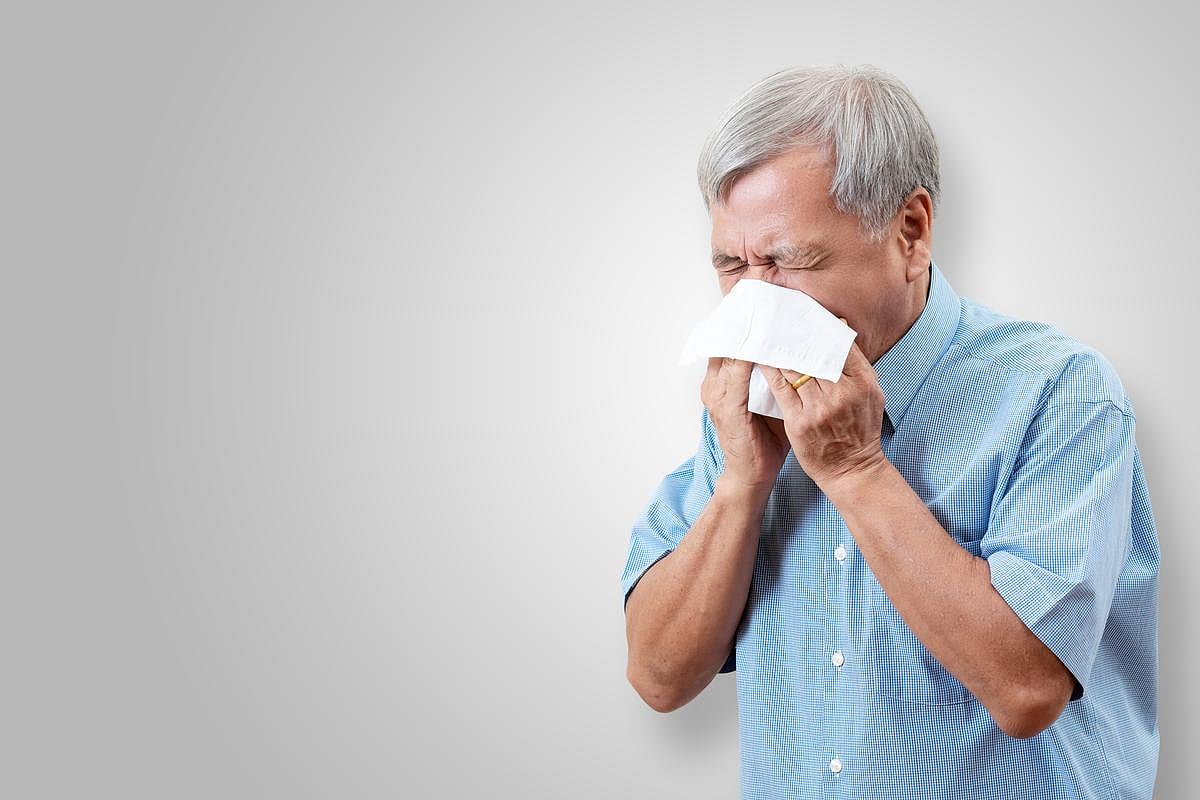ATTENTION ALL CUSTOMERS:
Due to a recent change in our pharmacy software system, all previous login credentials will no longer work.
Please click on “Sign Up Today!” to create a new account, and be sure to download our NEW Mobile app!
Thank you for your patience during this transition.
Get Healthy!

- Posted September 22, 2024
Is It a Cold, Flu or COVID? An Expert Helps You Sort It Out
It's that time of year when respiratory viruses start to circulate widely, but how can you tell the difference between the symptoms of a cold, the flu and COVID?
Dr. William Brian Glenn, from Hackensack Meridian Medical Group in New Jersey, shares what you need to know to be ready for whatever virus comes your way this fall and winter.
The challenge with cold, flu and COVID-19 is that the symptoms for each are similar, Glenn noted.
A cold can show up as cough, sneezing, runny nose, sore throat and fatigue, while the flu can include all of those symptoms plus headache, fever, chills, body aches and fatigue.
Meanwhile, COVID can present with cold and flu symptoms, along with a loss of taste or smell, diarrhea, nausea and vomiting, or shortness of breath, Glenn said.
Cold symptoms tend to come on gradually, while flu symptoms come on suddenly. COVID symptoms take between two and 14 days after exposure to surface -- and can progress to more severe symptoms in some people.
Are some people more at risk of developing colds, flu and COVID-19 than others?
The elderly, as well as children and adults with chronic conditions including diabetes, lung or kidney disease, metabolic disorders, heart disease and cancer are more susceptible to respiratory infections. Taking certain medicines that weaken the immune system can also put people at a higher risk for these illnesses, Glenn added.
If you’re traveling, remember that the cold and flu season in your destination site may be different from the United States. Check with the U.S. Centers for Disease Control and Prevention to see what vaccines are required in your destination country.
If you’re at average risk for any of these respiratory viruses, follow vaccine guidelines for influenza and COVID. If you’re at higher risk because of other health conditions or concerns, you should discuss with your health care provider what prevention strategy is right for you.
To protect yourself from all of these viruses, frequently wash your hands, cover your mouth when you cough, sneeze into your shoulder, wear a mask when appropriate, regularly clean highly touched surfaces (counters, doorknobs, toilet handles), keep hydrated and rest when needed, Glenn said.
SOURCE: Hackensack Meridian Health, news release, Sept. 16, 2024






